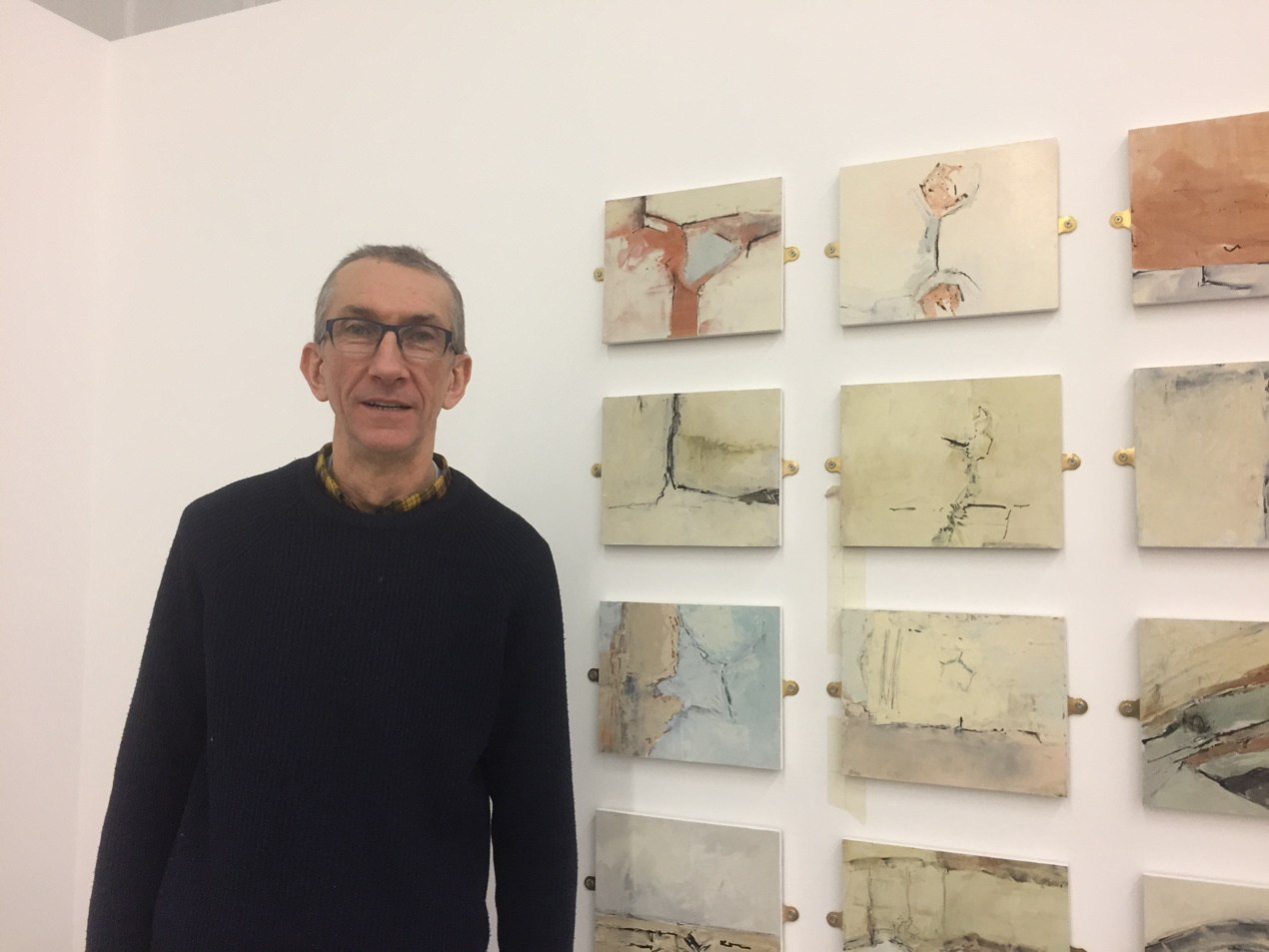Blog:
Ian McKay
The artist writes about his exhibition inspired by Salford's Collier Street Baths – where Mark Addy learned to swim
My love for the old Greengate Baths building began in the early 2000s.
I served an apprenticeship to become a fully qualified display artist working in the exhibition industry for a Manchester-based company. I was there many years and following redundancy I got a job in my trade at an exhibition company near to the derelict Collier Street Baths, in Greengate, Salford.
My Salfordian workmates frequented the many pubs around the building for a lunchtime pint, including the Eagle, locally known as the Lamp Oil. I would often join them and walked past the old baths without batting an eyelid, as we only had an hour for dinner to get in the pub and down a few before heading back, usually running!
Sadly, my 25 years came to an end when the company went into sudden liquidation and the suits were on the shop floor ordering us off the premises within an hour with no wages, no holiday pay and no redundancy, which was a real sign of the times in those days for thousands of British workers.
My wife talked me into going back to college, even though we had four young children. I applied, started my course and I loved it, going on to do a visual arts degree at Salford University and eventually taking on studio space at Cow Lane in Salford. It was here that I set about finding subject matter that interested my practice.
In 2005 l stumbled upon the Collier Street/Greengate Baths building again. I was mesmerised by this gem of a building, with its grand Italianate architecture and important historical significance. The baths was designed by Salfordian Thomas Worthington, a great 19th century architect who designed the Albert Memorial and Memorial Hall in Albert Square. It is the oldest surviving public baths in Great Britain and has immense historical and architectural importance.
I knew the building had stories to tell through my art and I produced a series of works from my drawings, colour studies and photographs completed on location. The work was exhibited briefly around the country.
In 2018 I went to see my nephew’s band play at the Eagle, now a music venue, and there again, while enjoying a pint outside the baths, the building gained my interest once more. I noticed Salford City Council had installed a sign explaining that the building is a valuable piece of Salford’s heritage, so I got my collection in order and submitted an application to exhibit the completed 2005 work at Salford Museum and Art Gallery on the Crescent, just a stone’s throw away. I planned some new work to help create an increased awareness of this valuable piece of Salford’s social history among the communities of Salford, Greater Manchester and beyond.
My exhibition has just opened. The museum is free to visit and is located in the beautiful (and recently updated) Peel Park, which is of huge importance in the history of Salford and Manchester, not least because the River Irwell runs through the park, and oarsman Mark Addy, one of Salford’s most famous sons – who rescued more than 50 people from drowning in the then highly polluted Irwell during his lifetime – learned to swim at Collier Street Baths. There’s no venue better suited to this exhibition.
As well as a few meet-the-artist events in the coming months I am also hosting a lino cutting and screen printing workshop, taking inspiration from Collier Street Baths. Anyone attending can produce a print to take home. I run all sorts of art and classes across Greater Manchester so it would be rewarding to see some old and new faces.
Ian McKay’s exhibition is at Salford Museum until 26 April

Leave a reply
Your email address will not be published.